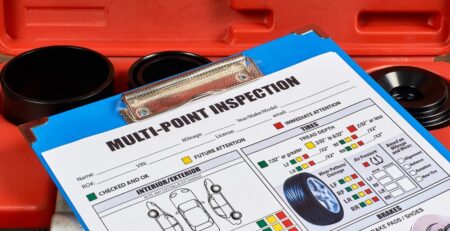3 Ways Car Dealership Websites Fail To Drive Sales
Did you know that 95% of car buyers use online resources when starting their search for a vehicle? There are few purchases that match the complexity, overwhelm, and excitement of buying a car. Most consumers visit a number of websites and rely on search engines during their car buying journey, highlighting the importance of having a website that makes a good impression with a smooth user experience.
For auto dealership managers, the company website can be a point of constraint if it doesn’t deliver the conversions it should be. If you do a search on the most common problems with car dealership websites, the resources often speak mainly on the digital marketing side of things, such as website design, social proof, and mobile responsiveness. However, some car dealership website issues can reflect some inconsistencies within internal operations.
In this article, we go a little further into the topic and discuss ways that car dealership websites fail to drive sales and how internal dealership management technology plays a role.
1. Slow Inventory Updates
Once used vehicles or a demo vehicle is serviced and ready, it should be back in front of shoppers quickly. In some cases, the issue lies in getting the website inventory updated as soon as possible and in other cases, the constraint can be found in the internal process. When a dealership’s current DMS lacks real-time communication across departments, vehicles sit in the service bay and lose sales opportunities by the minute.
Another issue with slow inventory updates is when a vehicle is sold and sits on the website as available for longer than 24 hours. If a customer calls to inquire about the car, they may be a little more forgiving if it was sold in the last few hours. However, if this becomes a common problem, dealerships lose trust with customers and they will likely take their business elsewhere. The communication between sales and inventory must be impeccable, with real-time updates available across all departments.
2. Contact Information Is Not Clear, Poor Follow-Up
Contact information should be clear and one of the prominent elements on an auto dealership website with details on the dealership’s hours. Most car buyers call in while others prefer to use the contact form to request more information. On the other hand, a car dealership website may have a great contact page with all of the details, but there is a constraint in the follow-up process.
The follow-up process must be quick to gain the customer’s trust and business. If the email inquiry is outside of the dealership’s hours, having an automated email message to let the customer know you received their request and that a sales rep will contact them within 24 hours puts the customer at ease and helps gain their trust.
Another important element that customer reps need is real-time information that will help smooth out their follow-ups. For example, if the inquiry is about where a customer’s vehicle is in the service department or whether there is available inventory for a specific car, customer reps need to be able to access these updates easily and quickly.
3. No Convenient Option to Book An Appointment
In this digital age, people are looking for ease and convenience. Dealership websites that have a clear option to book a test drive or service appointment online are one step ahead of their competitors. Customers simply provide their name, contact information, and preferred date and time of the appointment and a customer rep will get back to them. The online booking option is a great way for dealerships to get customer information and open up the line of communication.











